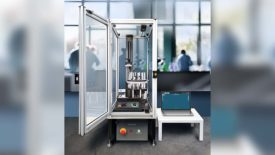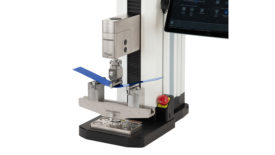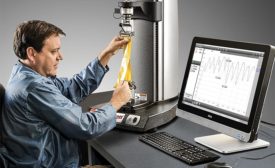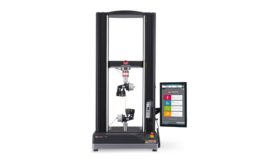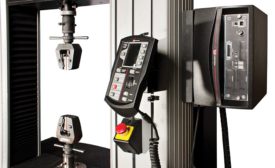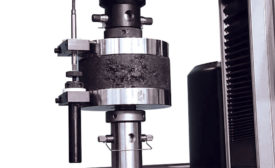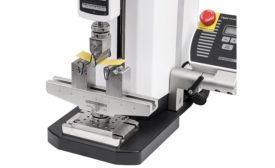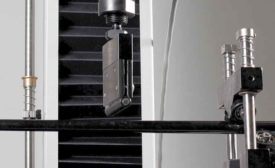Home » Keywords: » universal testing machine (UTM)
Items Tagged with 'universal testing machine (UTM)'
ARTICLES
Test & Inspection
Documenting material properties is often a key factor in quality control and R&D divisions.
Read More
Test & Inspection
Universal applications and implementations of UTMs
A universal tester can regularly be found implementing tension and compression applications in QC and R&D environments.
April 18, 2024
NDT | Compression Testing
Understanding Compression Testing and Flexural Modulus, a Crucial Aspect of Material Strength Evaluation
Advancements in materials science and engineering breakthroughs are possible through the science of compression testing.
October 6, 2023
Tensile Testing: A Gripping Story
Tensile testing is varied in purpose and industry specific. The manner of holding the test specimen and applying the axis of tensile force is what makes the application unique and enables quality assurance at almost any point in any product's lifecycle.
July 28, 2023
Peel Applications
Lengthwise force testing for adhesives and interlocking materials.
February 8, 2021
A guide to Force Measurement in Static Materials Testing
Force testing is the most fundamental element of materials testing and continues to be critical to the safety of the world around us.
October 6, 2020
Retrofits: Ensuring the Reliability and Capability of Your Universal Testing System
When considering legacy equipment in your lab it is important to recognize what makes a good candidate for a retrofit.
October 1, 2019
The Universality of a Universal Testing Machine
A staple of quality control laboratories around the world, a UTM is an indispensable asset to quality and engineering professionals.
April 1, 2017
Tensile Testing Machine Basics
Learn more about testing solutions available today.
October 1, 2015
Stay in the know with Quality’s comprehensive coverage of
the manufacturing and metrology industries.
eNewsletter | Website | eMagazine
JOIN TODAY!Copyright ©2025. All Rights Reserved BNP Media.
Design, CMS, Hosting & Web Development :: ePublishing

